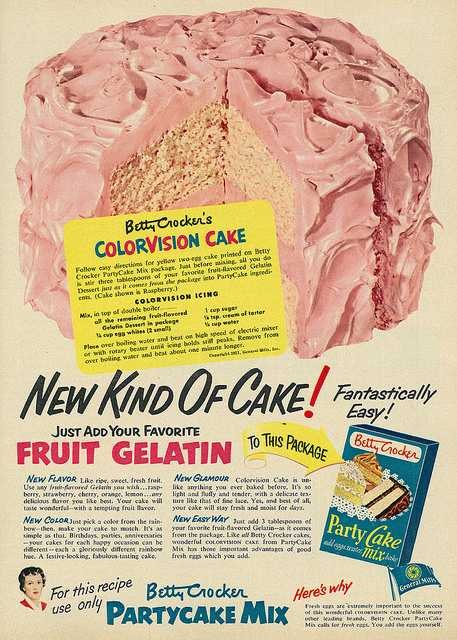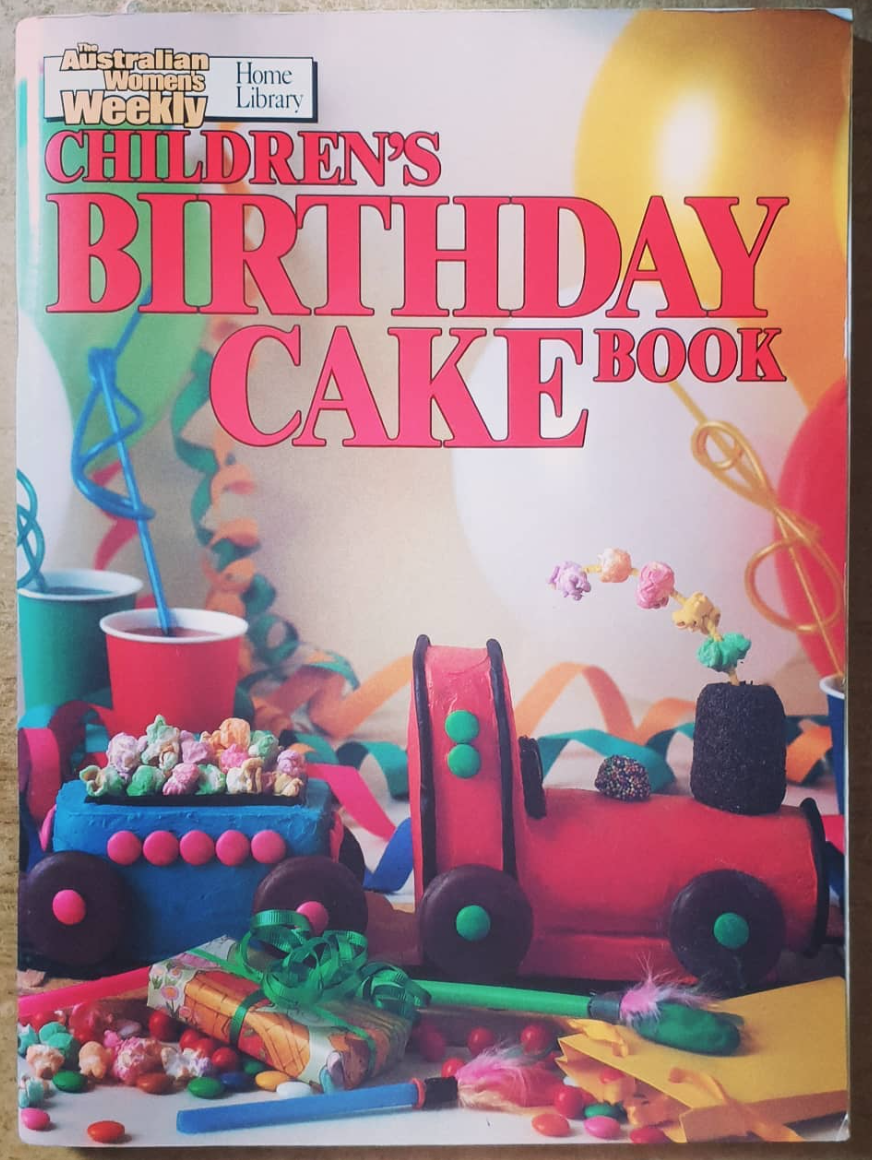Stuff Ya Cake Hole
A petite history of the Birthday Cake
The central component of any good day-of-birth celebration is the Birthday Cake. Be it a much-loved Women’s Weekly classic, a Coles mud-cake, or a lofty double-barrel drip cake; birthdays demand for a mixture of flour, fat, eggs and sugar to be lumped together and cooked into a shape of deliciousness.
Historians believe the concept of a Birthday Cake was invented by the ancient Greeks who marked birth days with a honey cake, possibly resembling baklava. The Romans stepped it up and not only celebrated individual’s birthdays, but also celebrated the birthdays of cities, temples, past emperors, and present emperors.
I feel civilisation should have stopped the baking innovations right here and stayed strong with excessive amounts of baklava-style birthday cakes.
But along came the Middles Ages and birthday cakes crumbled to nothingness for most poor souls – save for nobility who could afford sugar. Instead of an actual Birth Day, it is believed the lower and middle classes celebrated their Name Day, which was the official day of the saint they were named after. Did the celebration involve cake? Historians are unsure. It’s possible a different style of honey cake was made for these occasions; something similar to modern-day gingerbread in texture but much sweeter and more dense.
Honey was the main ingredient in Medieval “gingerbread” cakes
Fast forward to early 16th Century Germany and the birthday cake started to take on a more modern-day appearance by becoming sweeter and less bread-like in texture. Thanks to a religious revolution and ever-growing list of superstitions, candles were placed on cakes to protect the birthday person from evil spirits. And partygoers made a loud ruckus to ensure any evil spirits who snuck into the celebrations were scared off. This is why it’s imperative that the “hip hip hooray” component of the Happy Birthday song is as loud and obnoxious as possible.
As the Industrial Revolution steamrolled through the late 1700s, modernised transportation meant baking ingredients became more affordable and readily available. Leavening agents such as baking powder were created, and ovens improved. All of this made birthday cakes better accessible, more convenient and – most importantly – much more palatable for everyday folk.
The sweet stuff pretty much evolved onwards and upwards from there. Inventions like the hand beater and packet cake mix made birthday cakes easier and less time-consuming to bake; ovens started to appear in household kitchens; coloured frosting rose in popularity; and the writing of ever-so-proper messages such as “Many Happy Returns of the Day” decorated cakes.
Betty Crocker cake mix ad from a 1952 edition of Family Circle magazine. (Image originally posted by mnopedia CC BY-NC 2.0)
While the period between the World Wars certainly dampened birthday celebrations, cake innovation continued. Depression Cakes and War Cakes were made without milk, eggs or butter due to these ingredients being scarce or rationed to support soldiers. It wasn’t uncommon for families to rally their ration tickets together in order to make a birthday cake for a soldier on the frontline. Fruitcake was a popular choice due to its durability and formidable shelf life. In Australia, the cake would be wrapped in heavy calico material and placed in a Willow cake tin for postage, arriving some months later to the recipient.
Willow cake tins were used to send cake overseas to Australian troops during WWII.
Cakes became more contemporary, colourful, and stylish with the dawn of the Swinging 60s. Dried cherries, candied pineapple and coconut flakes were some of the new-age decorations being used, and original shapes such as the “Tunnel of Fudge” received superstar status in baking pop culture.
However for the most part, birthday cakes remained modest and straightforward during the 1960s and early 1970s. A standard butter or chocolate cake covered with a thin layer of glacé icing was the norm. If you were particularly lucky, a store-bought ice cream cake might have appeared at your party. Sponge cakes stayed ever reliable during this period, perhaps interchanging between homemade and store-bought depending on mum’s level of busyness. Either way, the sponge demanded smotherings of cream and jam.
And that brings us to (arguably) the most famous period of birthday cakery of them all… the 1980s with the publication of The Australian Women’s Weekly Children’s Birthday Cake Book. This Cake Bible became a staple reference for mums wanting to stay up late until 1am baking the perfect jelly swimming pool or chip-lip-chicken (IYKYK). And a hot tip for Gen X parents wanting to recreate the joy of these birthday cakes for your own kids – supposedly the tip truck cake is a “bitch of a cake. Don’t make it.”
Surely the most famous birthday cake cookbook of them all.
Today, birthday cakes pretty much go one of two ways. They are mirrored or marbled, layered and dripped; painted with gold leaf, and sprinkled with edible lustre dust. Or redesigned from a Coles mudcake birthday cake Tik Tok hack. There is no best or better way, because no matter the design, birthday cake will forever symbolise love, celebration, and a collective happiness that a special person was today hatched into life.
















